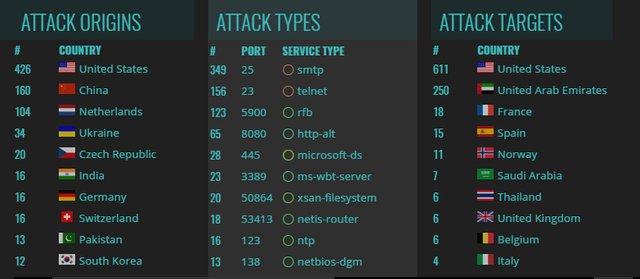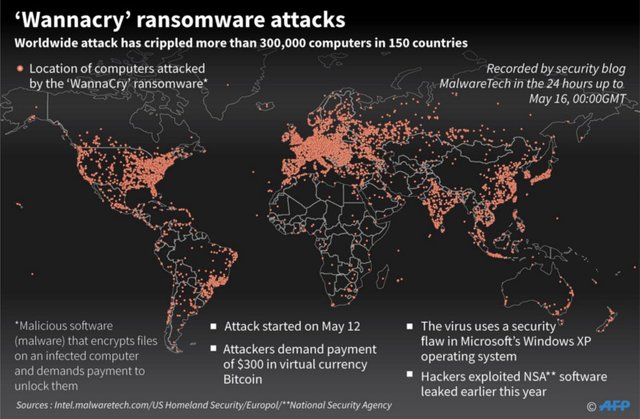This Is The World's Most Active Battlefield - Watch Cyber-War In Real-Time
oday’s most active battlefield is not located on the ground, in the air, or on the mighty seas. It’s taking place on the internet – and, as Visual Capitalist's Jeff Desjardins notes, if you’re still a non-believer, spend a few minutes with the following live map to watch a representation of cyber attacks as they happen...
Created by Norse Corporation, a cyber intelligence firm that claims to get instant attack telemetry from over eight million sensors deployed worldwide, the map visualizes cyberwar in real-time and organizes attacks by type, origin, and target. (A full-screen version is also available.)

While we were not expecting this live visualization to literally cover every single hack worldwide, this does seem to match up with the ratio from other sources. For example, in a previous infographic on cyberwar, we noted that the U.S. is targeted in 66% of web application attacks, and in 54% of cyber espionage hacks.
In our few minutes of watching, about half of the attacks also originated from the United States. However, many also were launched from other countries such as China, Ukraine, and The Netherlands.
THE SCALE IS REAL
While the idea of cyber warfare still seems like science fiction for many people, recent events such as the WannaCry ransomware attack have made the scale and potential implications of cyber warfare much more real.

The above map from AFP shows that the WannaCry attack was unprecedented in scale, infecting more than 230,000 computers in over 150 countries. Using an exploit developed by the NSA, WannaCry infected Britain’s National Health Service (NHS), Spain’s Telefónica, FedEx, and Deutsche Bahn, along with many other companies or countries.
Ultimately, the hack had a built-in “killswitch” that was discovered by internet security experts. It also seemed to be relatively ineffective at collecting hefty amounts of ransom. Despite all of this, the reality is that the hack shut down hospitals and other businesses, giving us a true taste of the scale and impact that a professionally-executed cyber attack could have in the future.